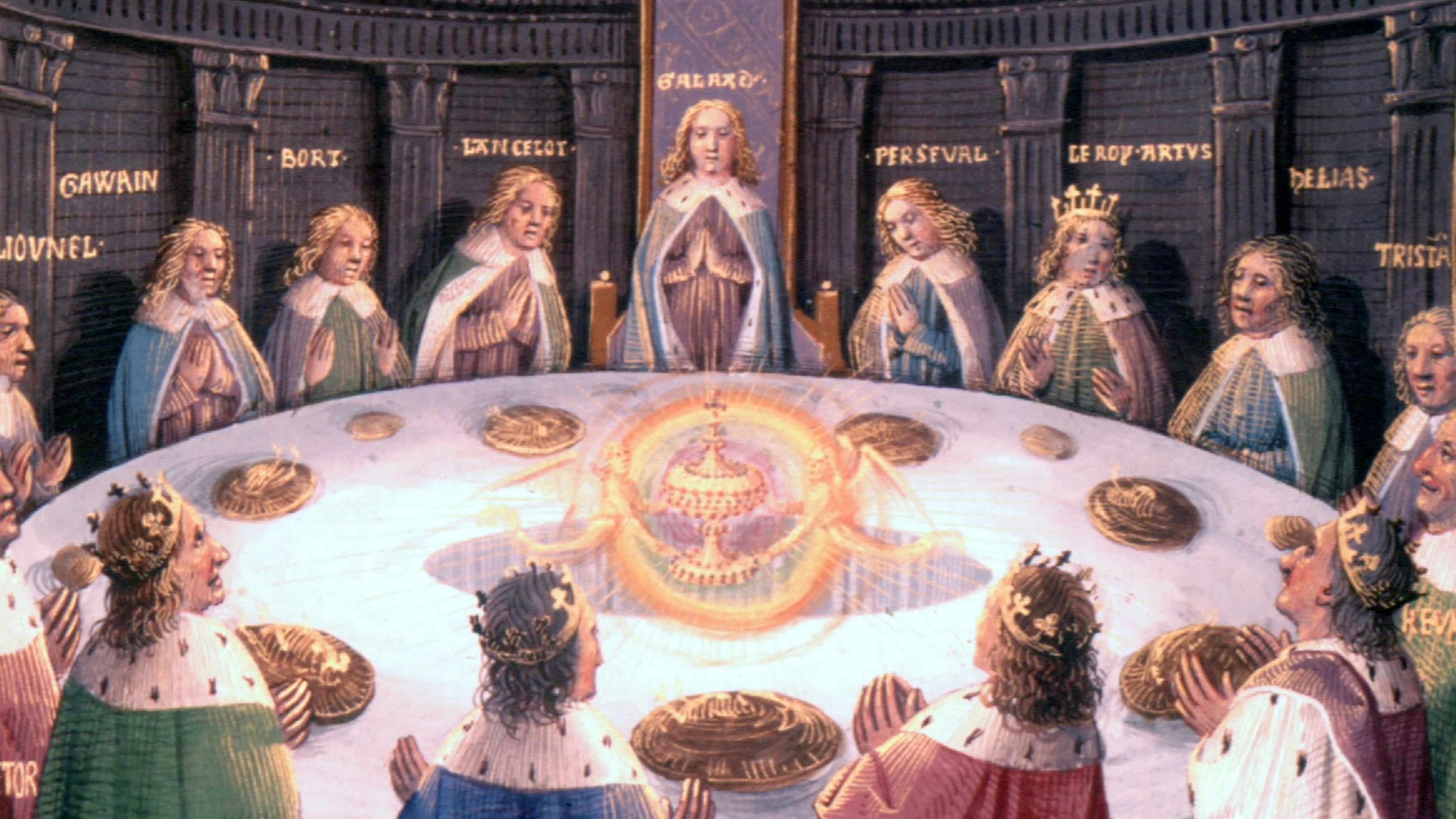The Holy Grail of LDS Meetinghouses: Your Divine Locator
Thesis Statement
The concept of the Holy Grail of Latter-day Saint (LDS) meetinghouses, often referred to as "Your Divine Locator," embodies a profound and multifaceted belief system within the LDS Church. This essay critically examines the complexities of this concept, analyzing its historical roots, theological significance, architectural manifestations, and social implications. By exploring diverse perspectives and engaging with scholarly research, we will uncover the rich tapestry of meanings and controversies surrounding this sacred space.
Historical Roots and Theological Significance
The LDS concept of the Holy Grail meetinghouse originated with the early Pioneer era in the mid-19th century. Latter-day Saints, as they were led westward by their prophet, Brigham Young, sought to establish Zion, a society where they could practice their faith freely. Young envisioned grand temples as the centerpieces of these Zion societies, but he also recognized the need for smaller, community-based meetinghouses where members could gather for worship and fellowship.
The construction of meetinghouses became a pivotal aspect of LDS westward expansion. The first meetinghouse, the Kirtland Temple in Ohio, was built in 1836 under the guidance of Joseph Smith, the founder of the LDS Church. This early meetinghouse served as a model for subsequent meetinghouses, establishing architectural principles that would become characteristic of LDS sacred spaces.
The theological significance of meetinghouses is rooted in the LDS belief in the eternal nature of families and the importance of community. Meetinghouses are considered sacred spaces where members can worship God, strengthen their faith, and participate in ordinances such as baptism and sacrament. They are also seen as places where individuals can find solace, receive spiritual guidance, and connect with fellow members.
Architectural Manifestations
The architectural design of LDS meetinghouses reflects both the historical roots and theological significance of these sacred spaces. Meetinghouses typically follow a standardized plan, consisting of a central chapel, a cultural hall, and various classrooms and offices. The chapel is the focal point of the building, featuring a raised pulpit, a baptismal font, and a sacrament table. The cultural hall serves as a multifunctional space for social gatherings, recreational activities, and youth programs.
The exterior of meetinghouses is often designed to be both functional and aesthetically pleasing. Many meetinghouses incorporate traditional architectural elements, such as steeples, arched windows, and brick or stone facades. The goal is to create a welcoming and inviting environment that reflects the spiritual purpose of the building.
Social Implications and Controversies
The construction and maintenance of meetinghouses have significant social implications within the LDS community. Meetinghouses serve as a central gathering place for members, fostering a sense of unity and belonging. They also provide opportunities for community service, as members volunteer their time to clean, maintain, and organize events at their local meetinghouse.
However, the concept of the Holy Grail meetinghouse has also been subject to criticism and controversy. Some individuals have questioned the need for such grand and expensive buildings, particularly in communities with limited resources. Others have expressed concerns about the potential for meetinghouses to become symbols of exclusivity and separation from the surrounding community.
Critical Analysis of Different Perspectives
The concept of the Holy Grail meetinghouse has attracted diverse perspectives from both within and outside the LDS community. Some scholars have argued that these sacred spaces play a crucial role in maintaining LDS identity and strengthening community bonds. They emphasize the historical significance, theological purpose, and architectural beauty of meetinghouses as evidence of their importance.
Other scholars have taken a more critical approach, highlighting the potential for meetinghouses to perpetuate social and economic disparities within the LDS community. They argue that the focus on building grand and expensive meetinghouses may divert resources away from other pressing needs, such as affordable housing, education, and social welfare programs.
News articles have also reported on the controversies surrounding LDS meetinghouses, particularly in areas where these buildings have been constructed in close proximity to residential neighborhoods. Residents have expressed concerns about increased traffic, noise, and parking congestion. These controversies underscore the challenges of balancing the needs of the LDS community with the interests of the surrounding population.
Conclusion
The concept of the Holy Grail of LDS meetinghouses is a multifaceted and complex one, embodying deep-seated beliefs, historical traditions, and architectural manifestations. By critically examining this concept, we have gained insights into the theological significance, social implications, and controversies surrounding these sacred spaces.
The Holy Grail meetinghouse remains a cornerstone of LDS culture and a symbol of the community's commitment to faith and fellowship. As the LDS Church continues to grow and evolve, it will be interesting to observe how the concept of the Holy Grail meetinghouse adapts to meet the changing needs of its members.
Ultimately, the Holy Grail of LDS meetinghouses serves as a reminder of the importance of sacred spaces in fostering community, providing spiritual sustenance, and inspiring individuals to live righteous lives. By understanding the complexities of this concept, we can appreciate the profound relationship between architecture, community, and faith that lies at the heart of the LDS experience.
Wake Countys Most Bizarre Mugshots From Crazy Hair To Silly Faces
Taylor Brannin Accident Arkansasabout



